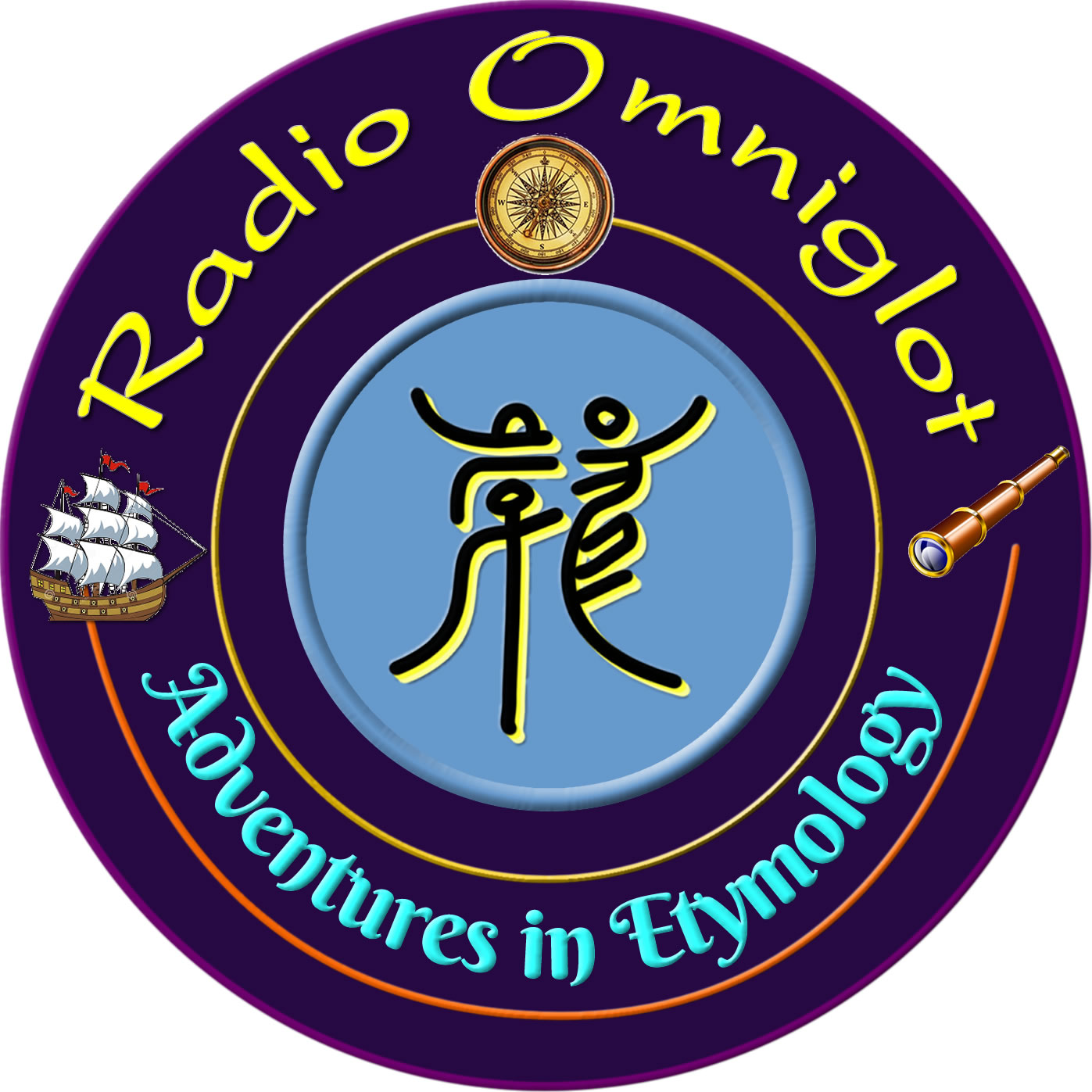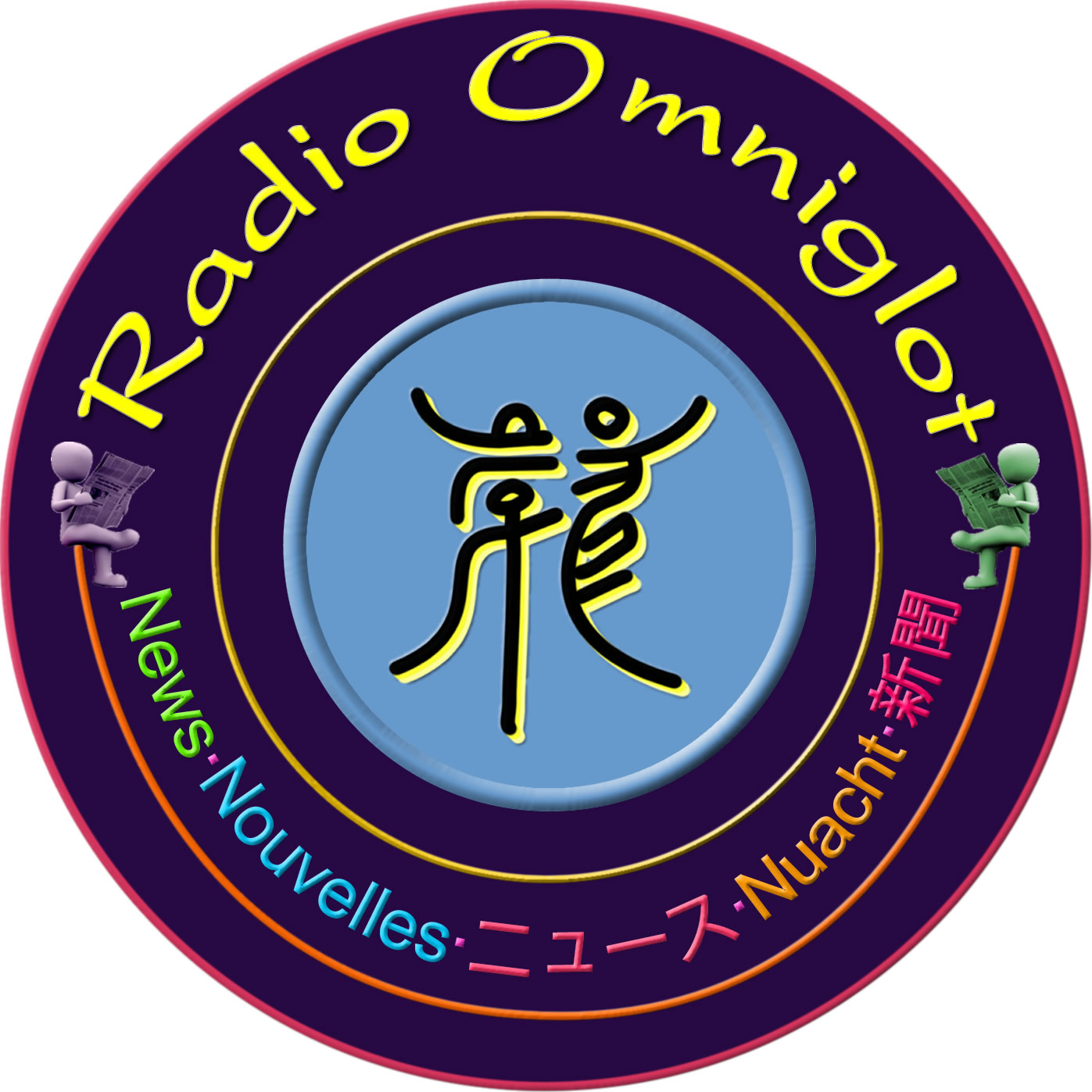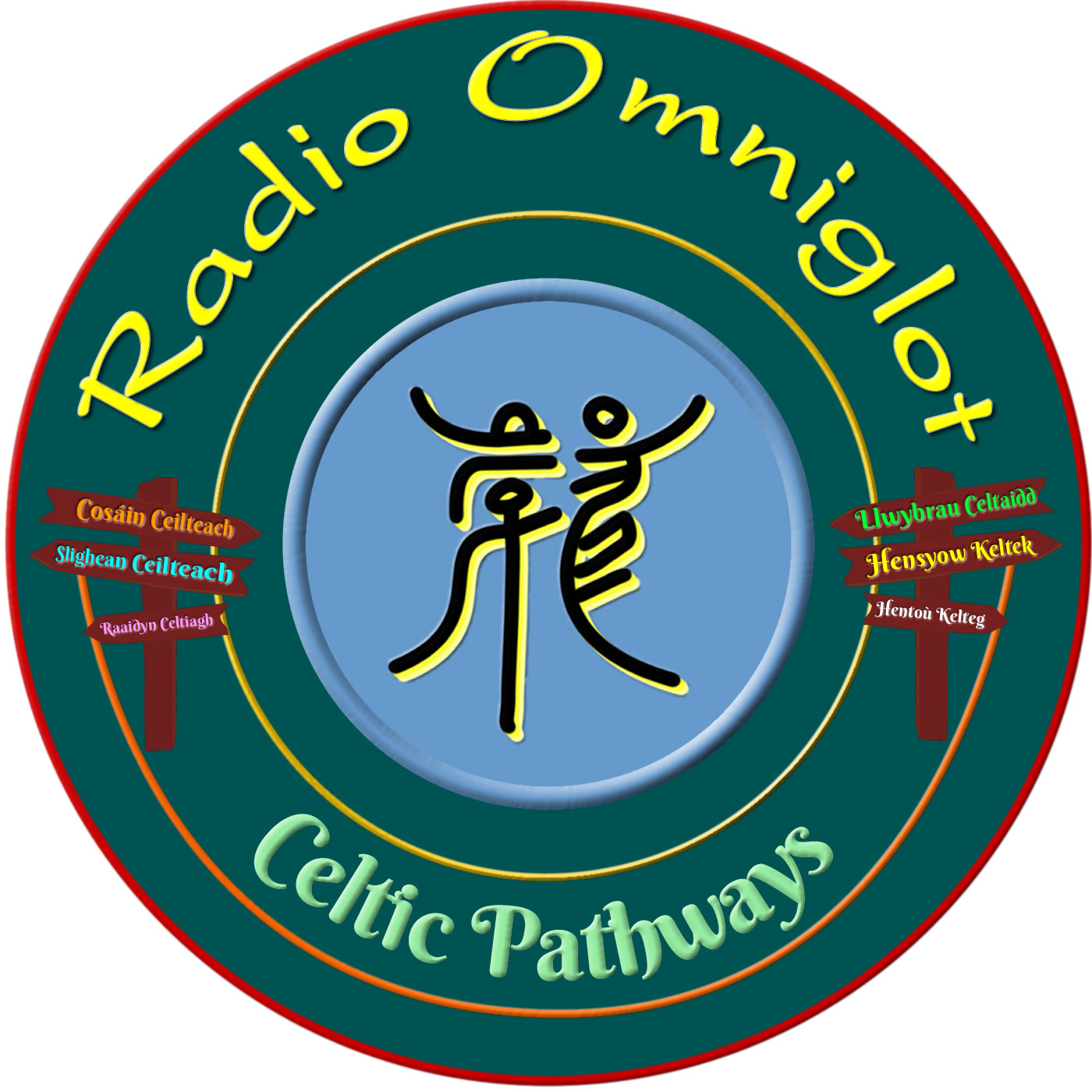Adventures in Etymology – Weaving Text
Description
In this Adventure in Etymology, we unweave the origins of the word text.
 <script async src="//embedr.flickr.com/assets/client-code.js" charset="utf-8"></script>
<script async src="//embedr.flickr.com/assets/client-code.js" charset="utf-8"></script>
A text [tɛkst] is:
- A writing consisting of multiple glyphs, characters, symbols or sentences.
- A book, tome or other set of writings.
- A brief written message transmitted between mobile phones. (other meanings are available)
It comes from Middle English text, from Old French texte (text), from Latin textus (woven, texture, structure, tissue, connection), from texō (to weave, knit, plait, intertwine), from Proto-Italic *teksō, from Proto-Indo-European *tḗtḱ-ti (to create, produce, cut, hew) or *teḱ-se-t, both of which come from *teḱ- (to sire, beget) [source].
Words from the same roots include architect, context, subtle, technical, textile and texture in English, tisser (to weave, plait) in French, tessere (to weave, plot) in Italian, and tekst (text, lyrics) in Dutch [source].
In Old English, one word for text was traht [trɑxt], which also means passage, exposition, treatise or commentary. It comes from traht(n)ian (to treat, comment on, expound, consider), from Proto-West-Germanic *trahtōn (to consider, think of, strive for, seek, discuss), from Latin tractō (to tug, drag, handle, discuss) [source]. The modern English word tract (A small booklet such as a pamphlet, often for promotional or informational uses; a treatise or discourse on a subject) comes from the same roots [source].
If you would like to support this podcast, you can make a donation via PayPal or Patreon, or contribute to Omniglot in other ways.
Radio Omniglot podcasts are brought to you in association with Blubrry Podcast Hosting, a great place to host your podcasts. Get your first month free with the promo code omniglot.
I also write about words, etymology and other language-related topics on the Omniglot Blog, and I explore etymological connections between Celtic languages on the Celtiadur blog.











